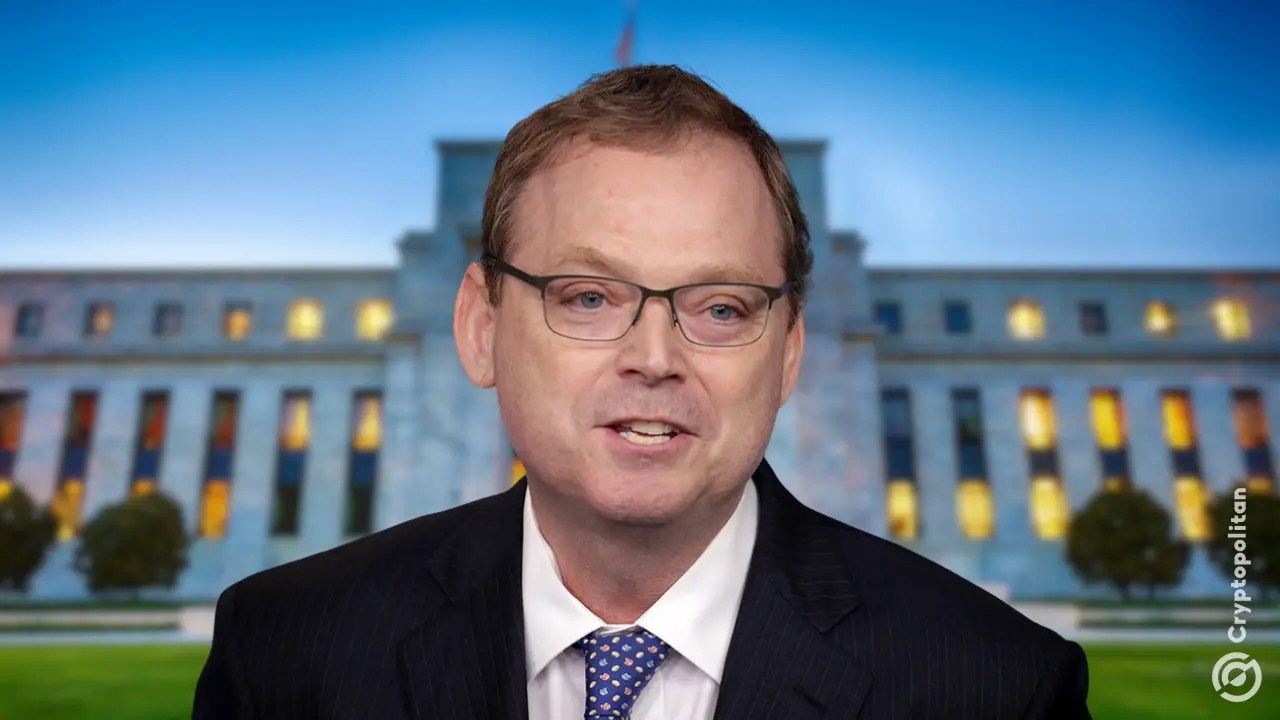US vs Swiss Crypto Staking Rules: What Regulators Now Allow
The post US vs Swiss Crypto Staking Rules: What Regulators Now Allow appeared on BitcoinEthereumNews.com. Crypto staking is hands-down the most critical activity for the operation and security of many modern blockchain protocols, including Ethereum and Solana. The digital asset market has matured greatly over the years, yet the regulatory clarity on this core function remains gray. In a positive development for the industry, recent publications from the Swiss Financial Market Supervisory Authority (FINMA) and the US SEC have provided valuable, albeit different, frameworks for analyzing staking activities. In this article, Nicola Massella, the Partner & Head of Legal for STORM Partners, provides a comparative analysis of these two positions. The Swiss Framework: A Focus on Prudential Oversight and Risk Management In its Guidance 08/2023, FINMA addresses staking primarily through the lens of prudential regulation and bankruptcy law, following the passage of Switzerland‘s DLT Act. The central legal question is whether staked cryptoassets can be segregated from a custodian’s estate in the event of bankruptcy, which hinges on whether they are “held in readiness for customers at all times”. FINMA acknowledges that staking features such as lock-up periods and the risk of “slashing” (the forfeiture of tokens for validator misconduct) create “legal ambiguity” around this criterion. However, rather than prohibiting the activity, FINMA has established a pragmatic “interim practice” that creates a clear compliance pathway for the supervised entities it oversees. Under this practice, a licensed institution may offer direct staking services without being subject to capital requirements for the staked assets, provided the following strict conditions are met: The customer has given specific instructions regarding the type and number of cryptoassets to be staked. Appropriate measures ensure the cryptoassets can be unambiguously allocated to the individual customer. The customer is informed transparently and clearly of all associated risks, including slashing, lock-up periods, and the legal uncertainties concerning segregation in a potential bankruptcy. The institution…

The post US vs Swiss Crypto Staking Rules: What Regulators Now Allow appeared on BitcoinEthereumNews.com.
Crypto staking is hands-down the most critical activity for the operation and security of many modern blockchain protocols, including Ethereum and Solana. The digital asset market has matured greatly over the years, yet the regulatory clarity on this core function remains gray. In a positive development for the industry, recent publications from the Swiss Financial Market Supervisory Authority (FINMA) and the US SEC have provided valuable, albeit different, frameworks for analyzing staking activities. In this article, Nicola Massella, the Partner & Head of Legal for STORM Partners, provides a comparative analysis of these two positions. The Swiss Framework: A Focus on Prudential Oversight and Risk Management In its Guidance 08/2023, FINMA addresses staking primarily through the lens of prudential regulation and bankruptcy law, following the passage of Switzerland‘s DLT Act. The central legal question is whether staked cryptoassets can be segregated from a custodian’s estate in the event of bankruptcy, which hinges on whether they are “held in readiness for customers at all times”. FINMA acknowledges that staking features such as lock-up periods and the risk of “slashing” (the forfeiture of tokens for validator misconduct) create “legal ambiguity” around this criterion. However, rather than prohibiting the activity, FINMA has established a pragmatic “interim practice” that creates a clear compliance pathway for the supervised entities it oversees. Under this practice, a licensed institution may offer direct staking services without being subject to capital requirements for the staked assets, provided the following strict conditions are met: The customer has given specific instructions regarding the type and number of cryptoassets to be staked. Appropriate measures ensure the cryptoassets can be unambiguously allocated to the individual customer. The customer is informed transparently and clearly of all associated risks, including slashing, lock-up periods, and the legal uncertainties concerning segregation in a potential bankruptcy. The institution…
What's Your Reaction?









































